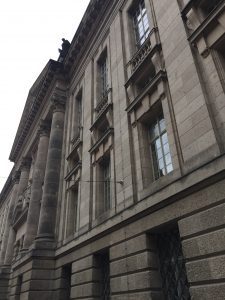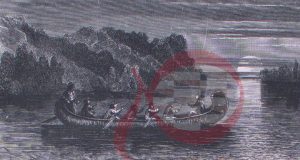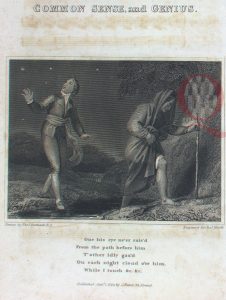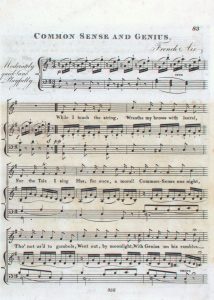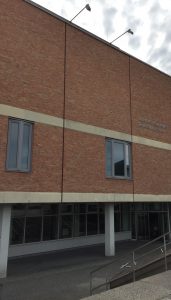
While researching in Berlin I also visited the Kunstbibliothek; Berlin’s Art Library, or, The Library of Art History. This library is located at number 6 Matthäikirchplatz, which is situated opposite the SBB’s Potsdamer branch. A number of art history libraries are housed within this building, including the Lipperheidesche Kostümbibliothek (Lipperheide Costume Library), where a selection of extant sources for the 1821 Berlin performance of Spontini’s Lalla Rookh are housed.
Gaining admission to the Kunstbibliothek/Lipperheidesche was very straightforward. You first need to register, and this can be completed onsite when you arrive. The registration office is located on the left next to the entrance. There is no registration fee but it is necessary to complete a form and to present your passport for identification purposes. You receive your library card immediately and this permits admission to all libraries within the Kunstbibliothek building. It is possible to order material through the online catalogue. Some items can be retrieved within 30 minutes, others will be retrieved the following day. I placed my order at about 4pm and the material was available to consult at 10am the following morning; this arrangement suited my research schedule.
As with all libraries visited to date, bags and coats are not allowed in the reading rooms. There are no locker facilities at this library. Similar to the SBB’s Unter den Linden and Potsdamer sites there is a cloakroom manned by a porter and this is where you store your belongings while in the reading room. You receive a token with a number for retrieving your belongings before leaving the library. There is also a café onsite.
For more information about the Kunstbibliothek and Lipperheidesche Kostümbibliothek, including information about admission and opening times, visit the websites listed here:
http://www.smb.museum/en/museums-institutions/kunstbibliothek/home.html
This research trip was kindly and generously funded by the Keats-Shelly Association of America, Carl H. Pforzheimer, Jr., Research Grant 2017.

